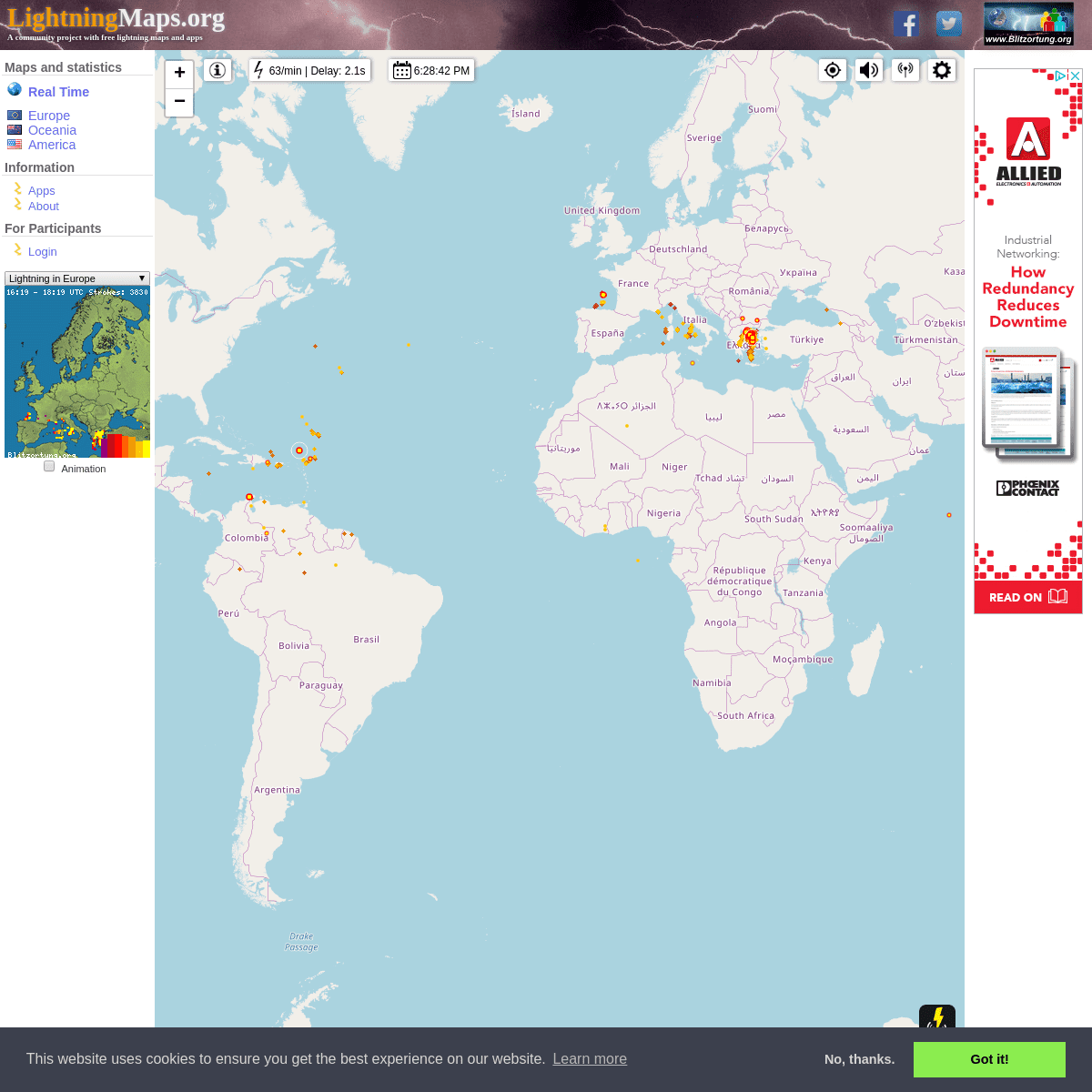
Plummer ( 1912) was one of the first to study the effects of lightning strikes on trees in the US. The 1910 fires that swept the western United States spurred an interest in lightning as a cause of forest fires. Although it is currently not possible to distinguish charcoal deposits or fire scars caused by lightning fires from those ignited by Native Americans, it is reasonable to assume that ignitions by Native Americans were significant but varied over the spectrum of inhabited landscapes (Vale 2002). Ignitions by Native Americans were also a source of fires, possibly as early as 9000 years ago (Hull and Moratto 1999). For example, early evidence of the presence of fire in the Sierra Nevada can be seen in lake sediments over 16 000 years old in Yosemite National Park (Smith and Anderson 1992). Part of the variation in fire regimes among bioregions might be attributed to differing patterns of lightning strikes.įires ignited by lightning have been a part of California’s bioregions for millennia. These variations are captured by bioregions, which are derived from the ecological sections and subsections described by Miles and Goudey ( 1997) (Figure 1). As a result, there are equally diverse vegetation types, weather patterns, and fire regimes. Weather conditions compound the interaction between lightning ignitions and fuels, not only by producing different patterns of lightning occurrence but also by affecting fire behavior should an ignition occur.Ĭalifornia is a very diverse state geographically, topographically, and climatically. Long return intervals lead to fuel accumulations that burn with greater intensity and produce more severe effects. The timing and location of lightning has a direct effect on seasonality and an indirect effect on fire return interval, as less frequent lightning ignitions result in longer intervals between fires. A fire regime is defined according to attributes such as seasonality, fire return interval, size, spatial complexity, intensity, severity, and fire type.

Information about the temporal and spatial distributions of lightning and the factors that affect those distributions is critical for predicting the occurrence of wildland fires and for understanding fire regimes.įire ecologists use fire regimes to describe the complex pattern of fire effects over long time periods, multiple fire events, and numerous ecosystem properties (Sugihara et al. These variations are influenced by geography, topography, and large-scale weather patterns. In addition, lightning strike characteristics such as polarity, maximum peak current, and number of return strokes vary over time and space. Although lightning strikes are pervasive, their temporal and spatial distributions vary across the state and have differential effects on lightning fire ignitions. Lightning strikes are an important source of ignition for wildland fires in California and throughout the western US.

The role fire plays in an ecosystem is dependent on the simultaneous occurrence of an ignition source, sufficient fuel to carry the fire, and weather conditions conducive for burning. Understanding the variation in lightning strike distributions provides insight into the role of fire in different bioregions of the state and aids in the prediction of wildland fire occurrence. Weather patterns associated with lightning included strengthened high pressure cells stationed over the western United States that deploy moist monsoonlike air masses and promote rising motions, especially over mountain features. Strike polarity varied by month, and mean peak positive current, mean peak negative current, and number of return strokes per strike varied by bioregion. The number of strikes increased with elevation. Although there were significant differences in the number and density of strikes among bioregions, the annual, monthly, and hourly patterns were similar. We analyzed 16 years of lightning strike data obtained from the National Lightning Detection Network to determine how the distribution of lightning strikes was affected by geography, topography, and large-scale weather patterns.

The temporal and spatial distribution of lightning strikes varies across California and has a differential effect on lightning fire ignitions.


 0 kommentar(er)
0 kommentar(er)
